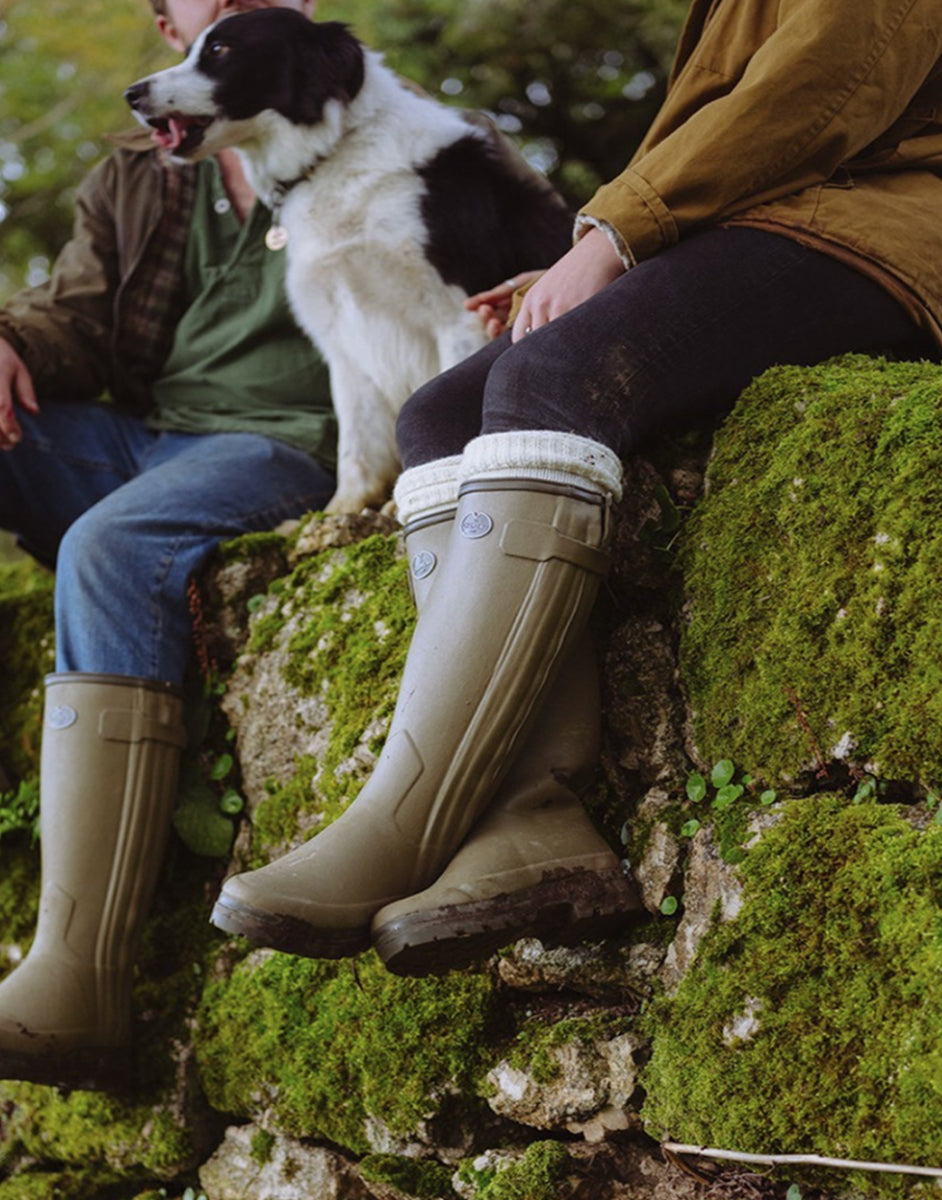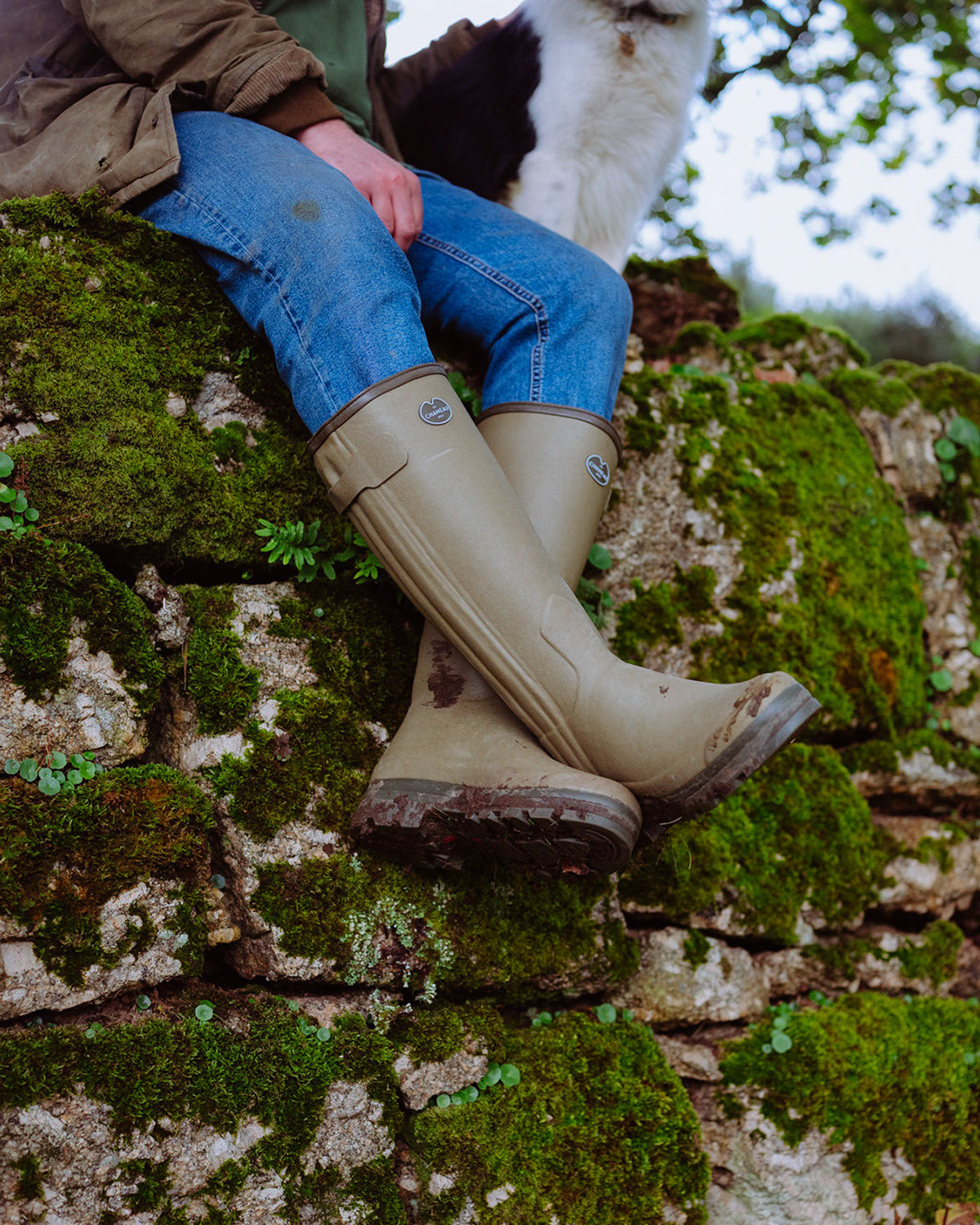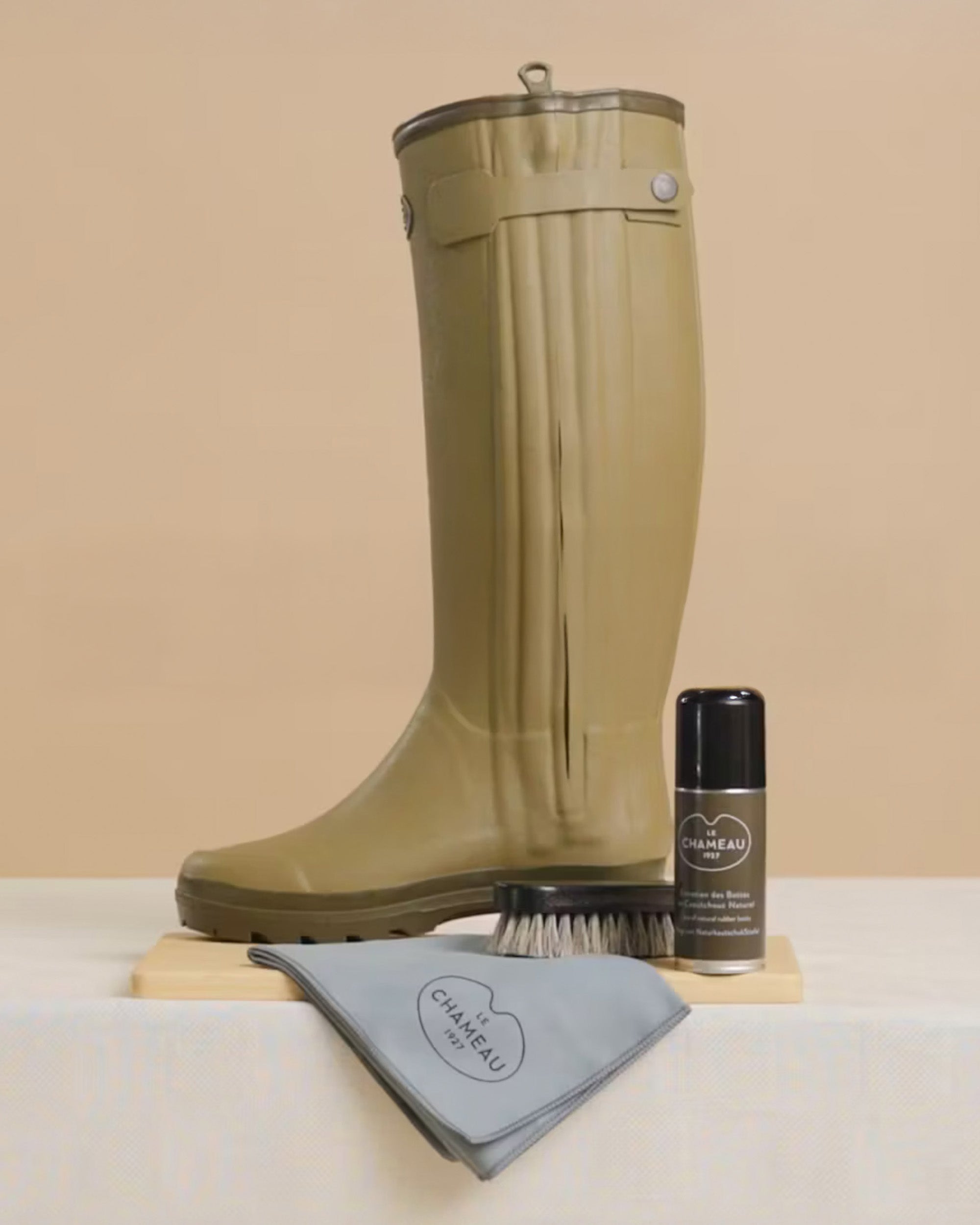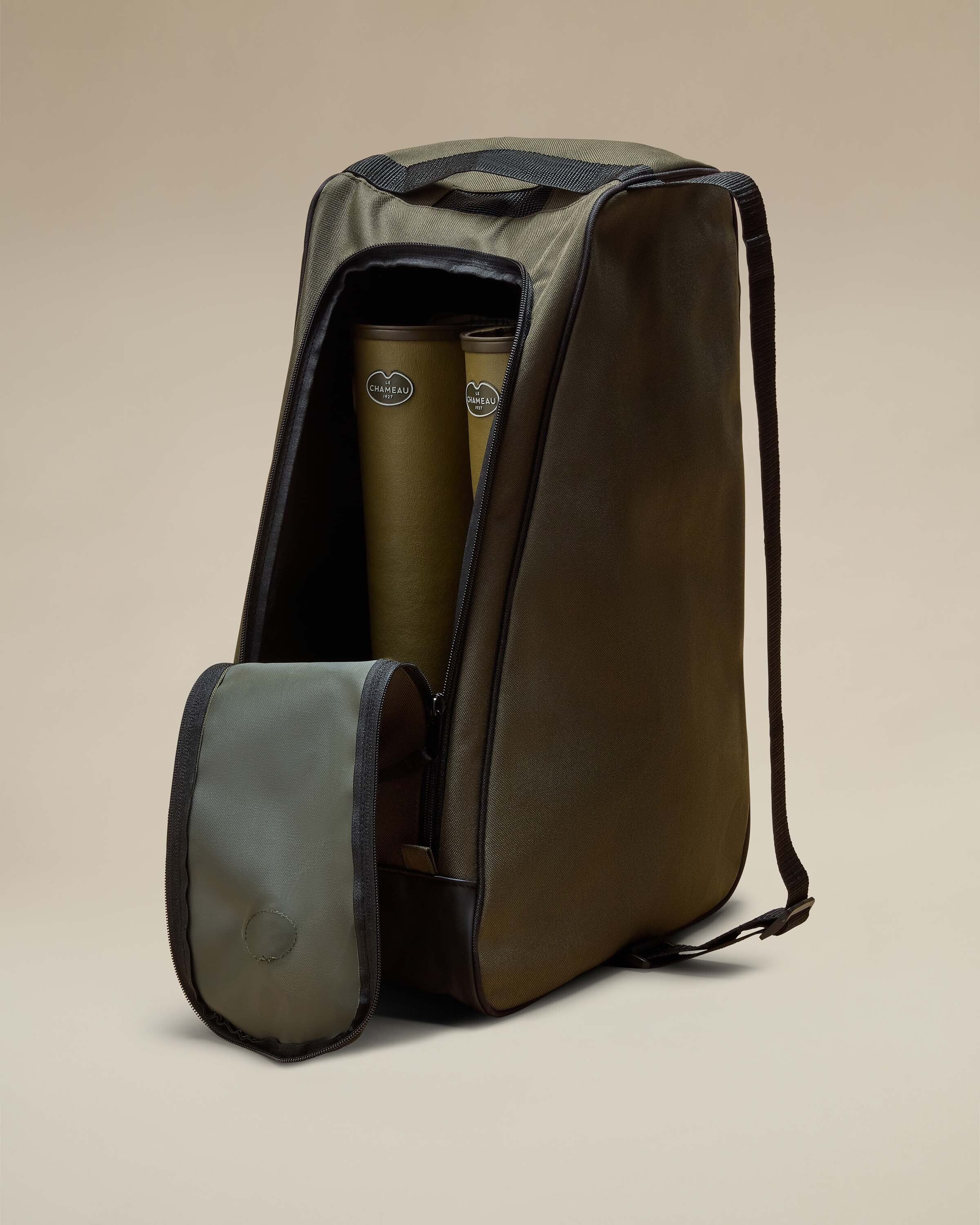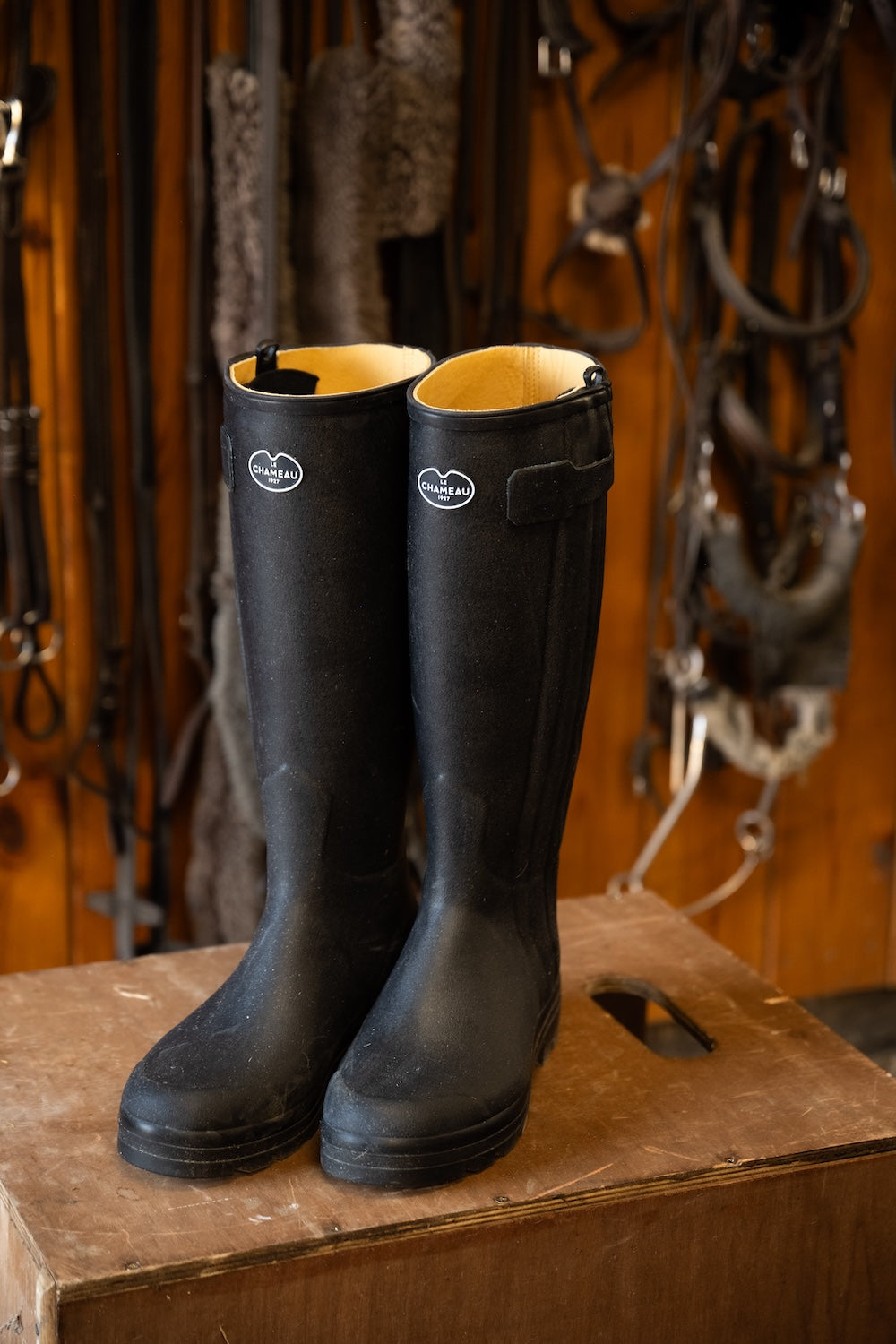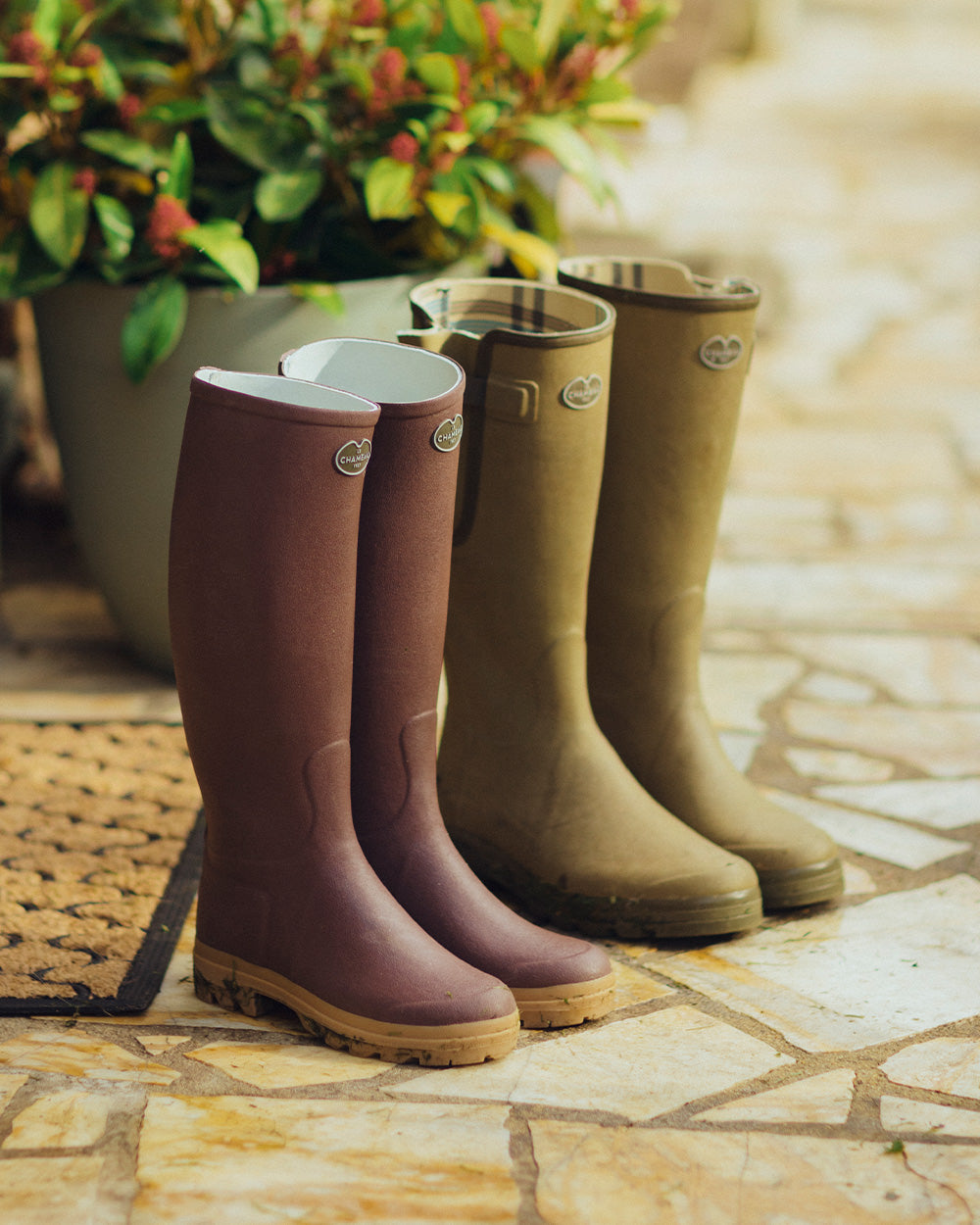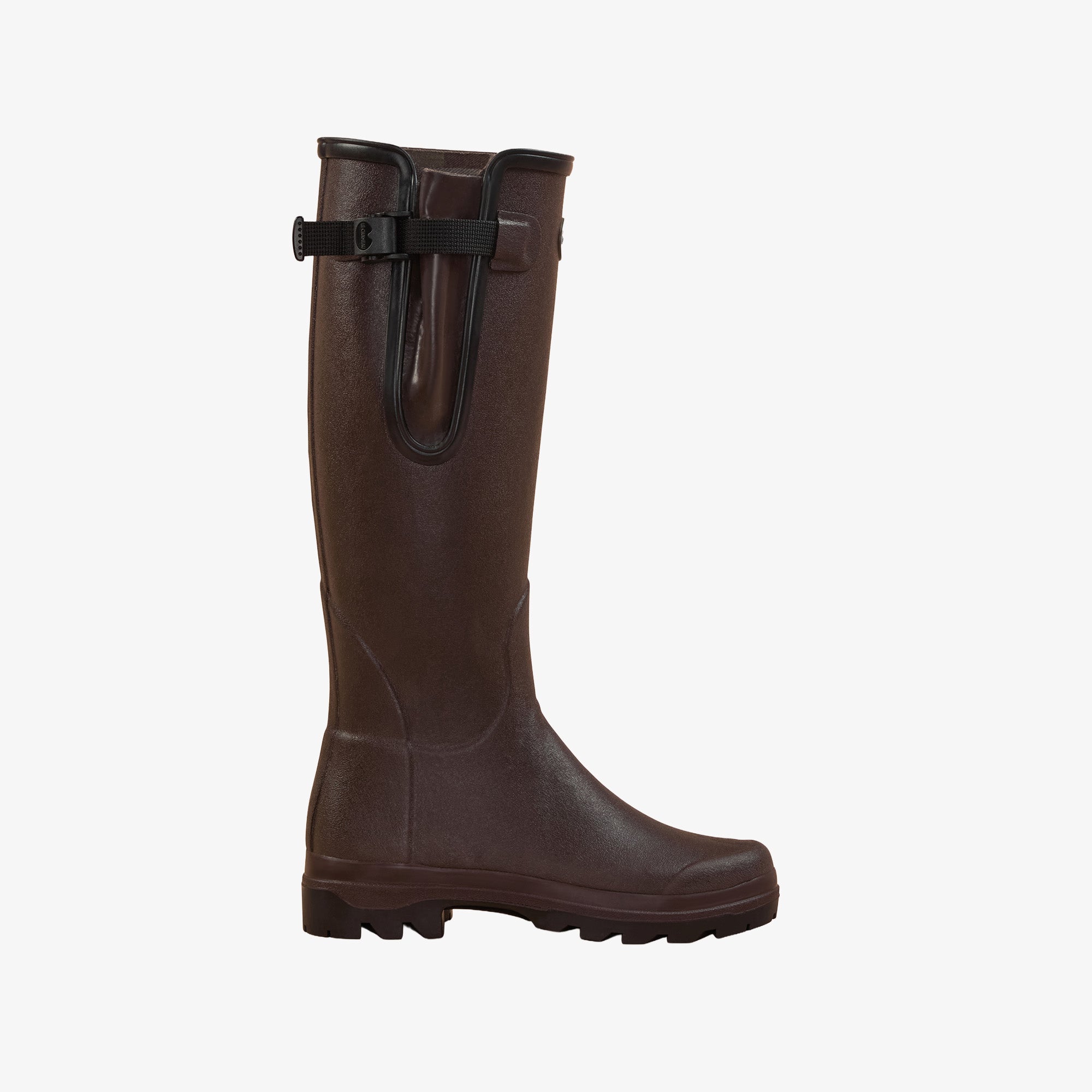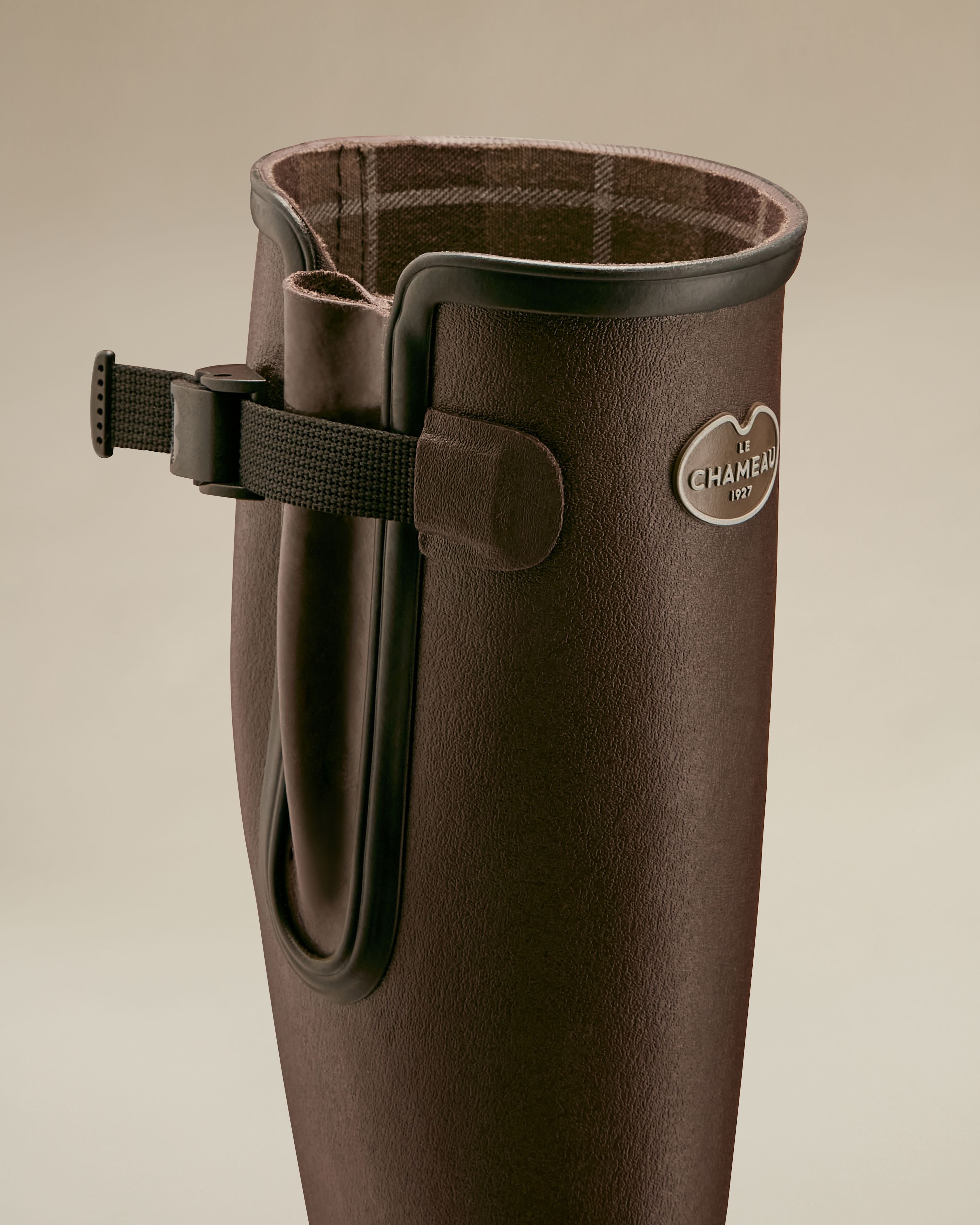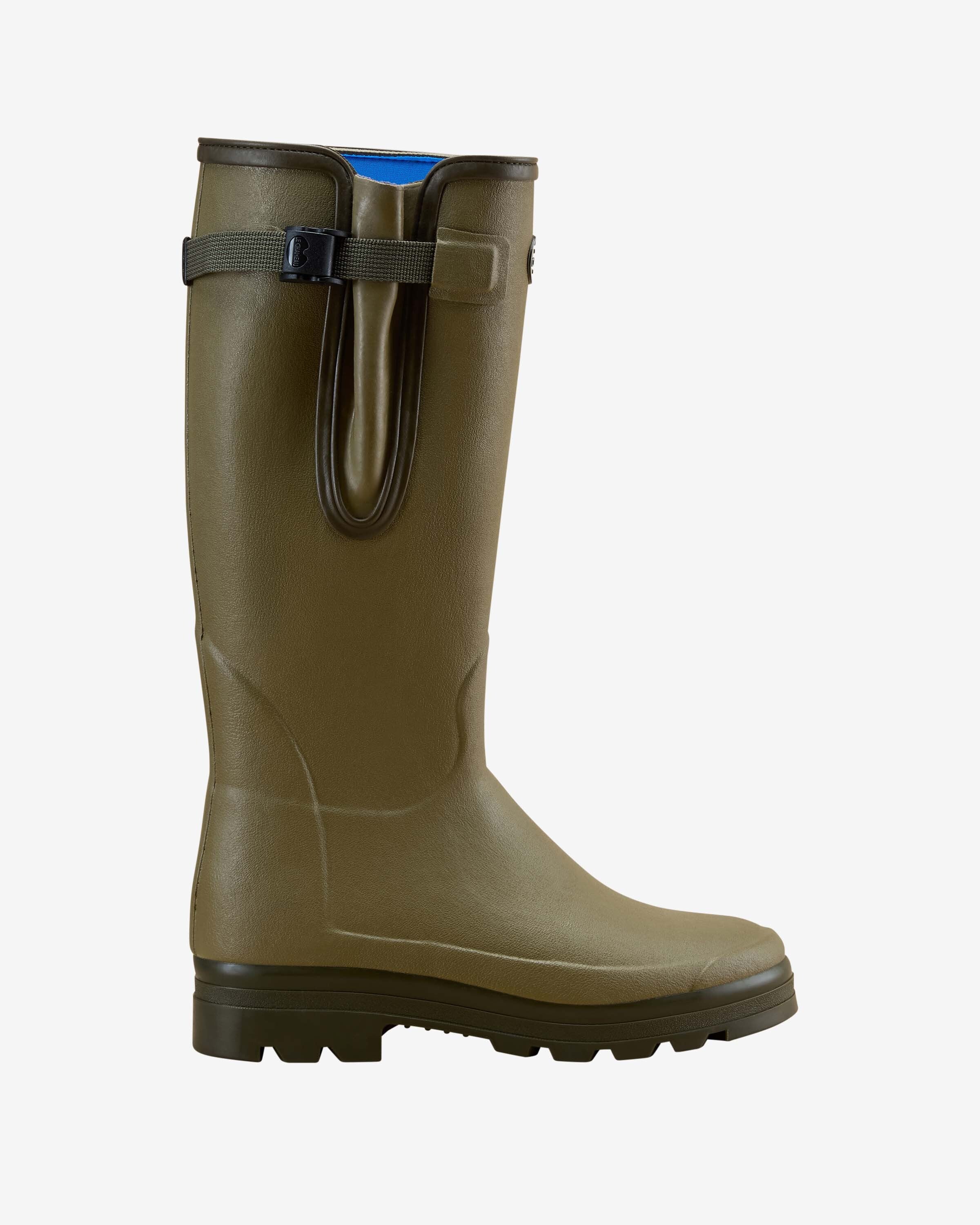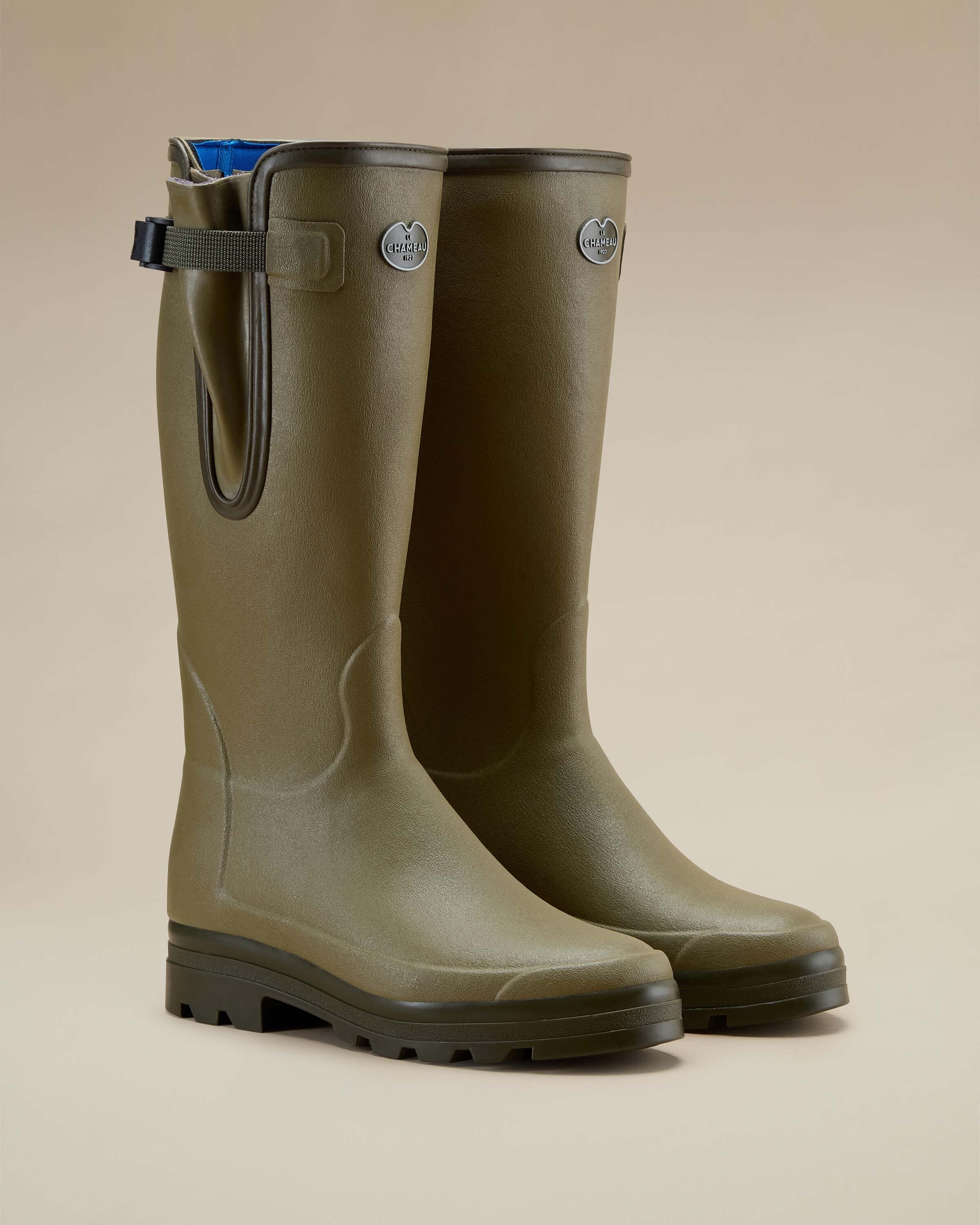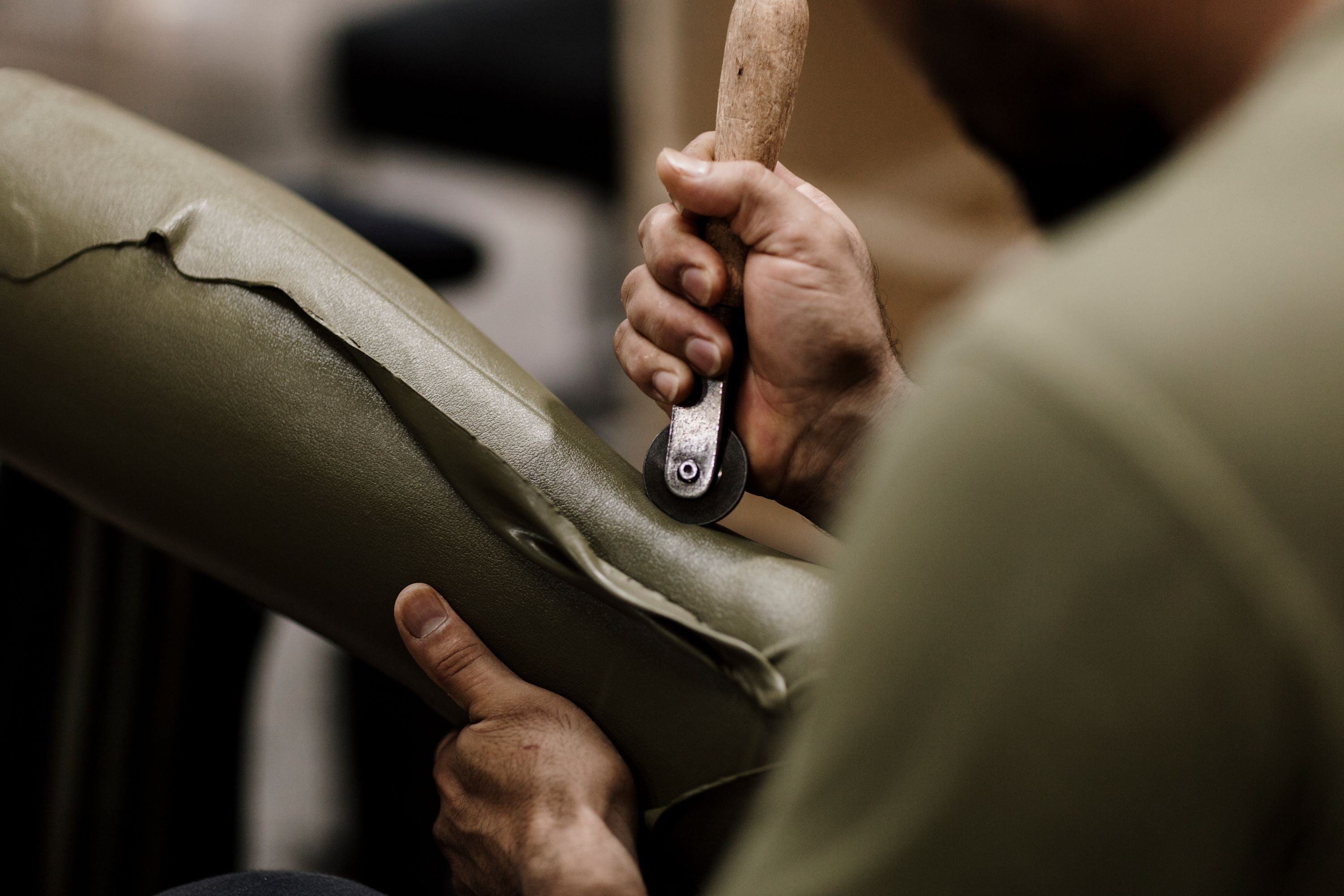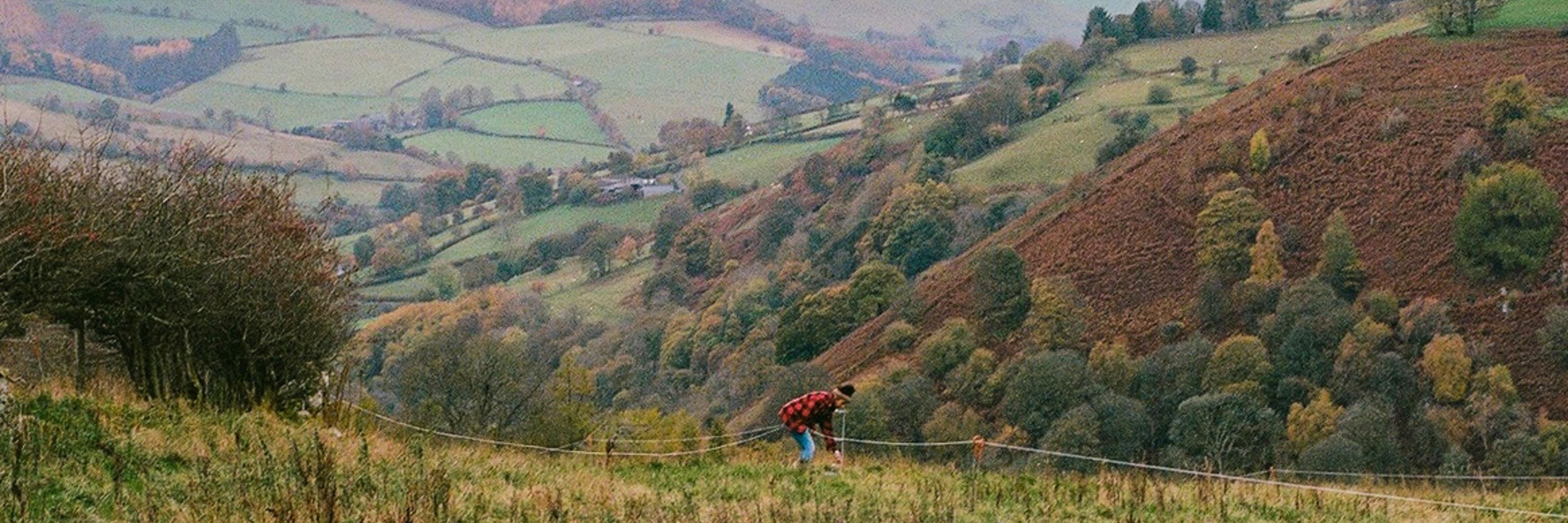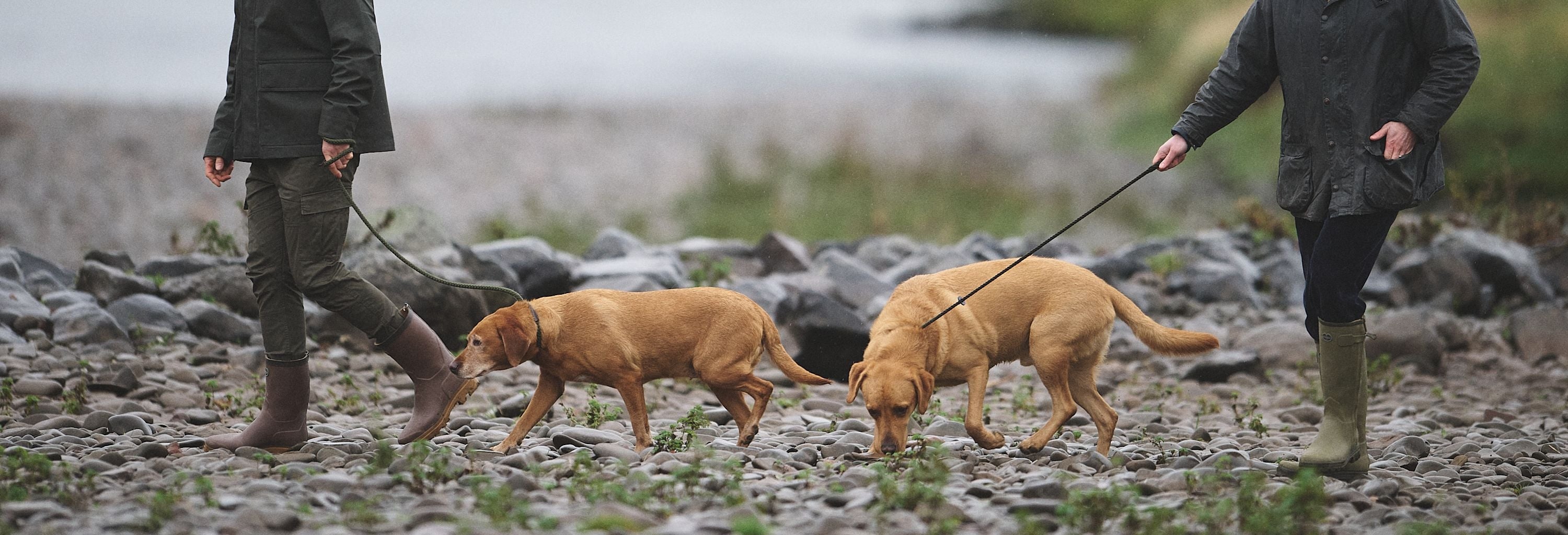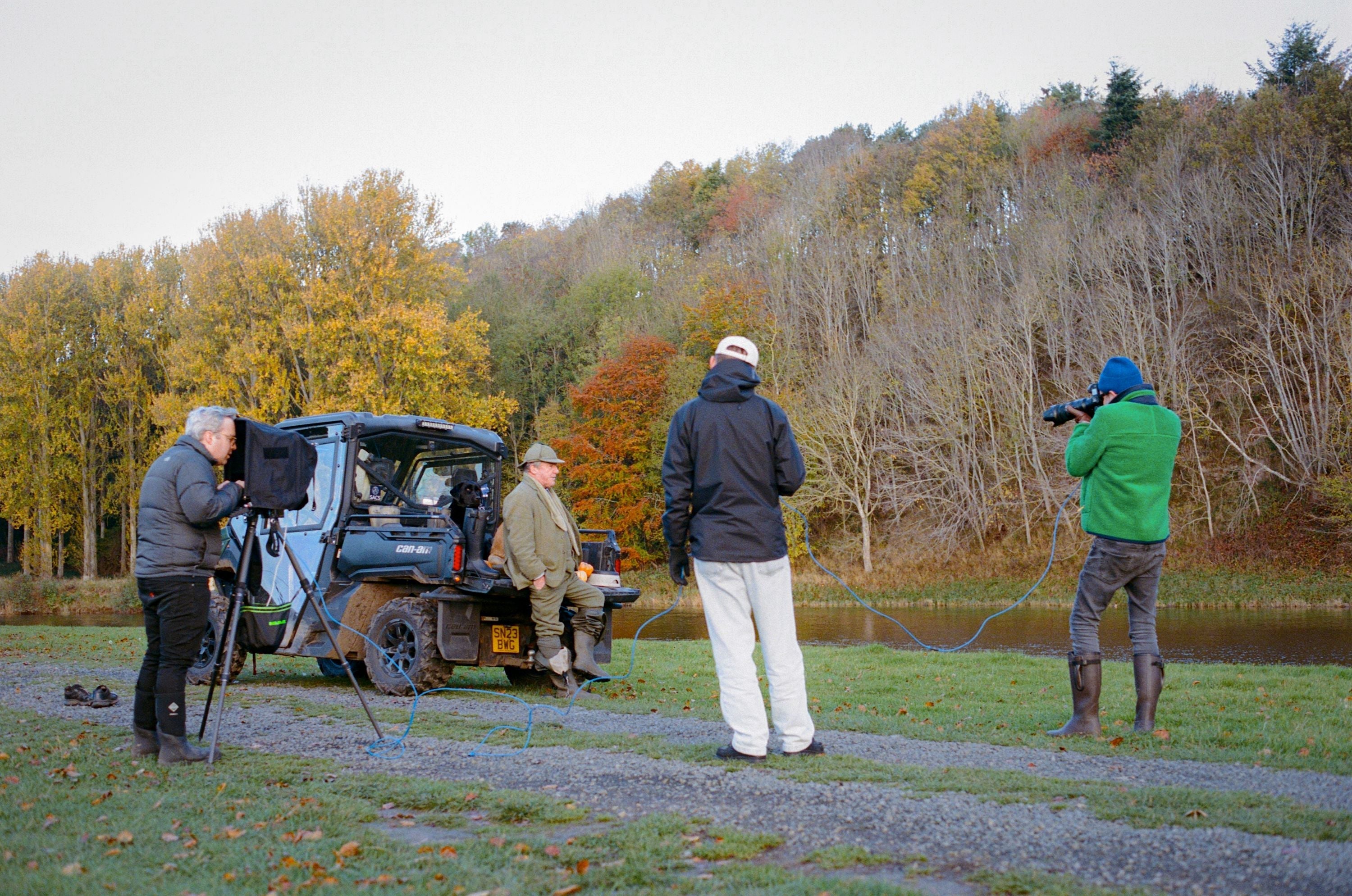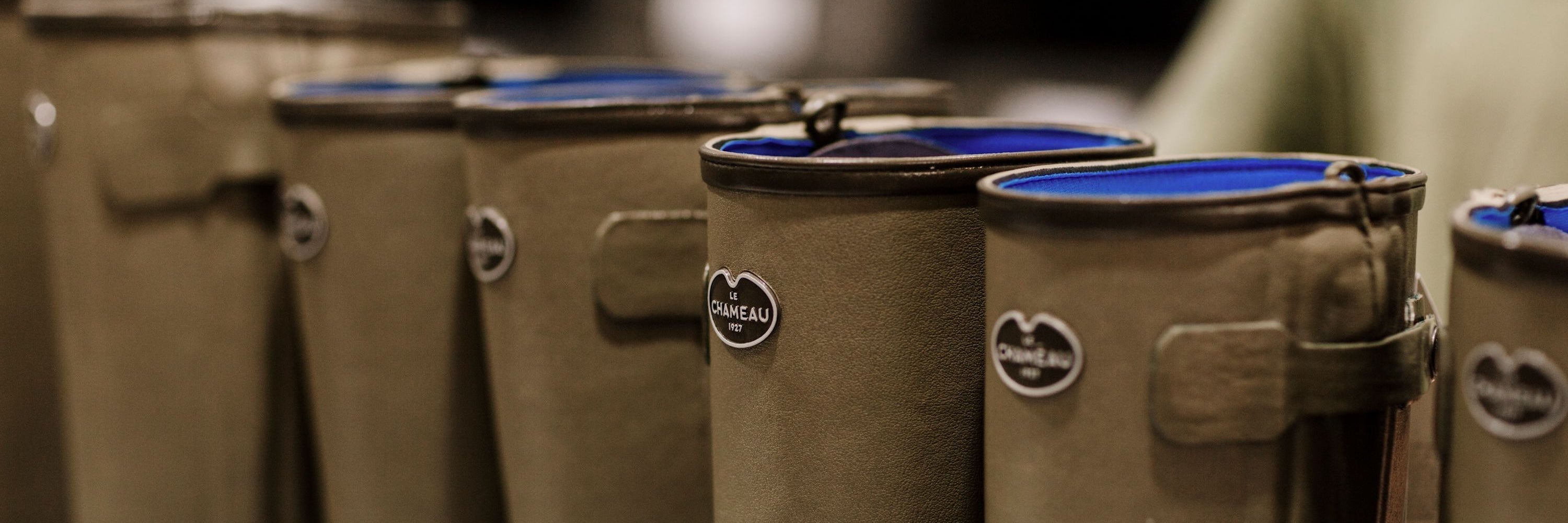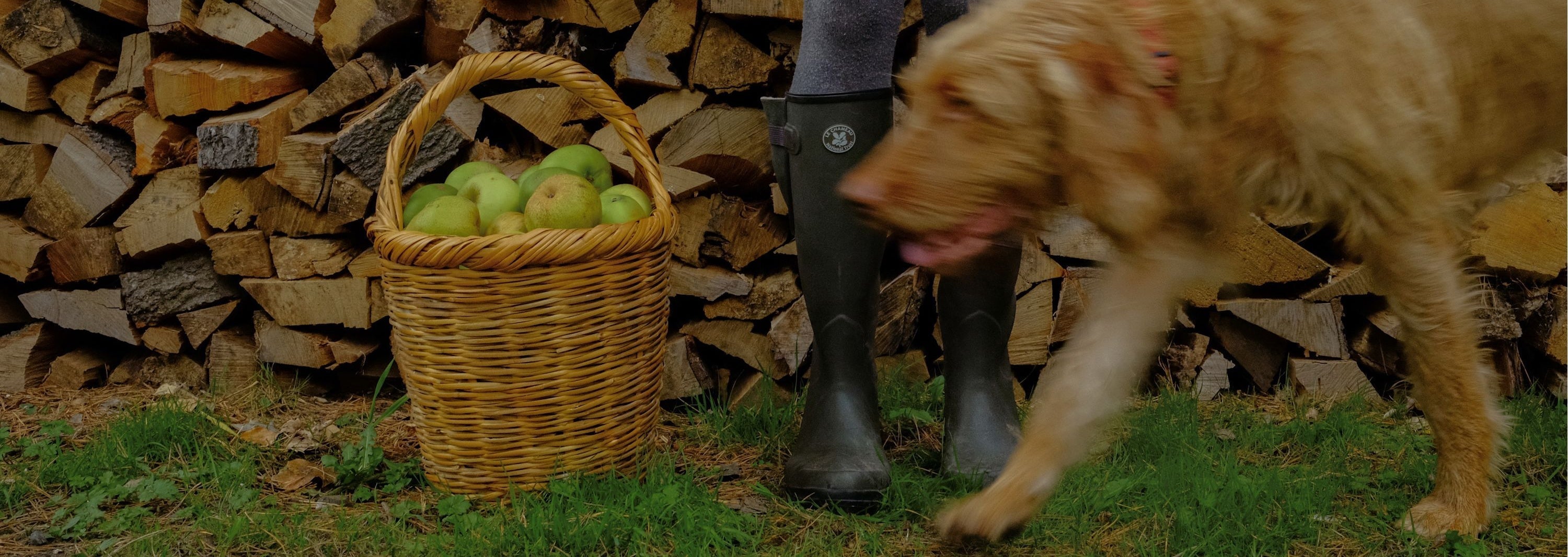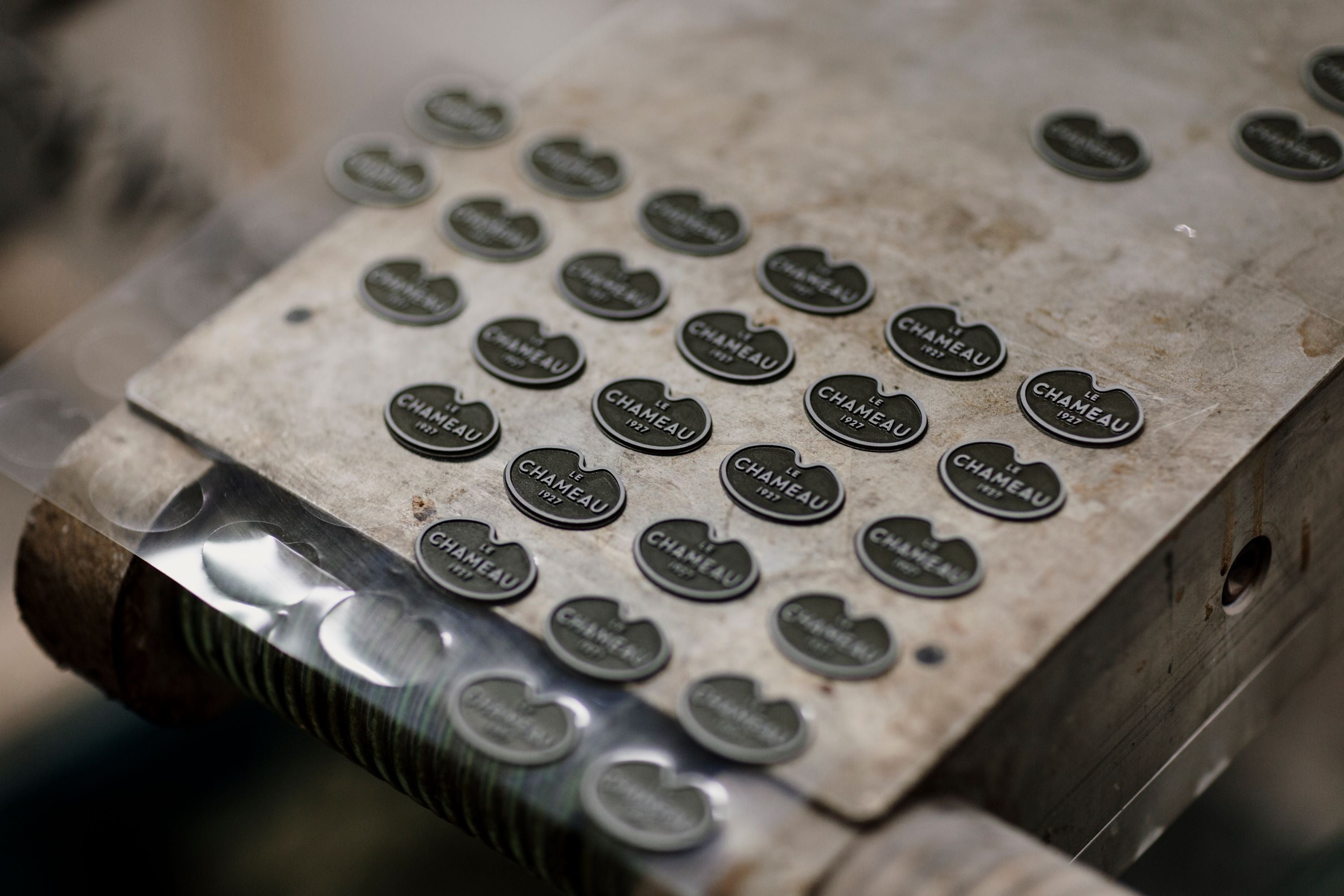
How the Wellington Boot Became a Cultural Symbol
Having sailed the seas and summited peaks, ventured over muddied fields and sandy dunes, the Wellington boot has conquered most of land and water. In over just two hundred years, from being a staple in the military, through to being an essential for home and work life, to being at the centre of modern-day fashion shows and festivals, the Wellington boot is an icon of style; a true emblem of the outdoors.
Since 1927, Le Chameau has been advocates for heritage and craftsmanship. We make the only rubber boots that are handmade by a single master bootmaker. So, we thought to open the boot room door and welcome you into the world of the Wellington boot and explain how this style became a cultural symbol and staple footwear for many of us. We will trace the Wellington boot’s journey from practical countryside footwear to global cultural icon, showing how it bridges history, fashion and lifestyle.
Early History of the Wellington Boot
To understand the cultural roots of this enduring style of footwear, we have to go back to the turn of the 19th Century and to the regimented and disciplined battalions of the British Army. Included in a typical soldier’s uniform of the time, alongside their recognisable thick woollen red jacket, breeches and gaiters, would be a pair of ‘Hessian’ boots that were tall and made of soft leather with a decorative tassel.
It was then in 1817 when Arthur Wellesley, more commonly known as the Duke of Wellington, requested of his shoemaker, George Hoby of St. James’s Street in London, that the Hessian boot be redesigned, cutting off the tassel and tailoring the soft calfskin leather so it sat below the knee and wrapped more closely around the leg. This new style of boot, what was - and is still coined – the ‘Wellington’ boot, was such a hit that it went from being a military boot to one that was worn by the leading members of the aristocracy.
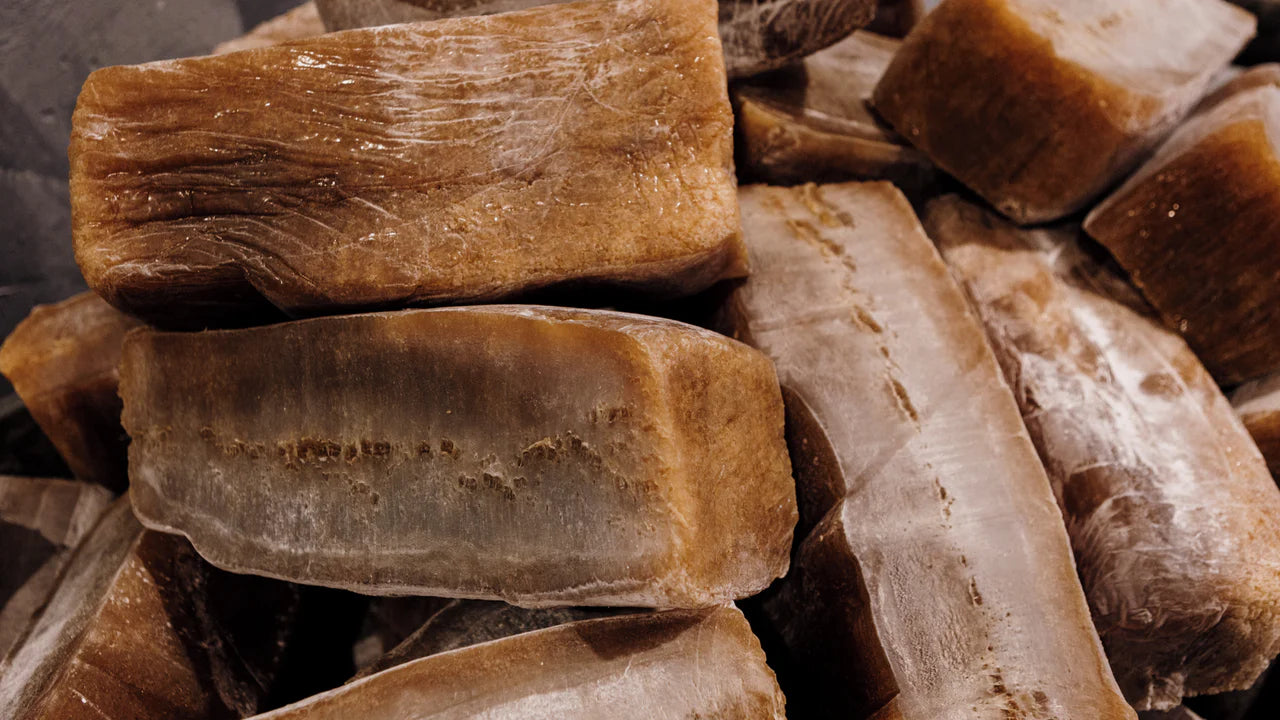
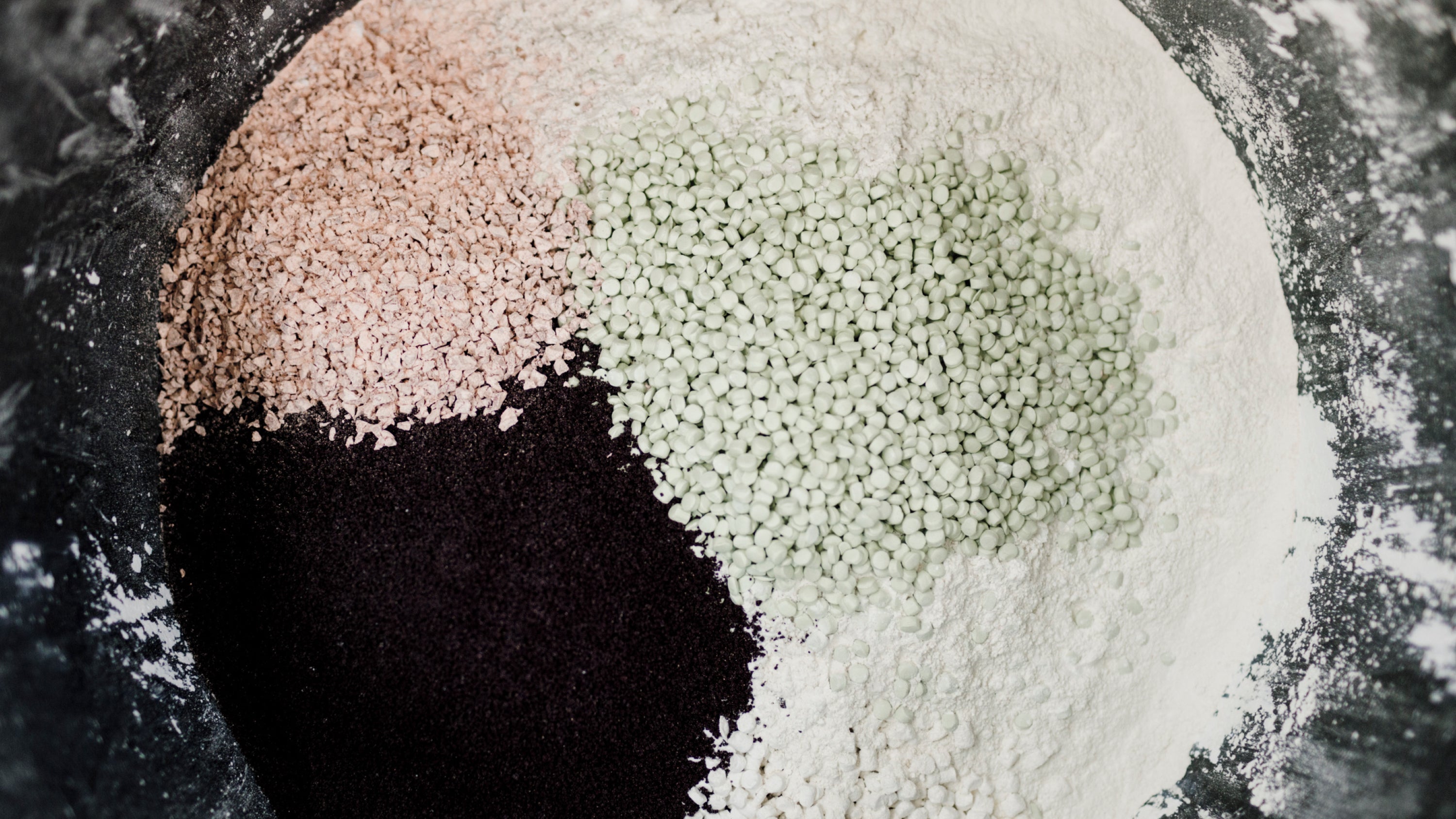
Rubber Changes Everything
From then on, through the 19th Century and into the early 20th Century, Wellington boots went from a fashion statement for the aristocratic few to an example of industry with the introduction of gum rubber and the development of vulcanisation. These two aspects in the production of Wellington boots came together like two peas in a pod, and with the outbreak of two World Wars, they paved the way for the style to be produced in their millions. This mass production was down to the rubber Wellington boots being produced at a lower cost than leather and completely waterproof.
Wearing Post War ‘Wellies’
In the mid-20th Century, history repeated itself for Wellington boots (or known in the US predominately as ‘rain boots’), as the style of boot was taken out of military use once again and taken into civic life, most notably as soldiers took back their pair of boots from their wartime escapades and used them around the home and place of work. In the following decades, Wellington boots – soon to be affectionately termed ‘wellies’ – filtered into many channels of everyday life, from the farming and fishing industries, to the health and safety bodies and country dwellers. So much so, that for the latter in particular, those of the higher echelons of countryside society that preferred to wear a green colour of Wellington boots, the term ‘Green Welly Brigade’ came into common lexicon. The most prominent individual in high society at the time was none other than Lady Diana Spencer – soon to be Princess Diana - during her courtship with Prince Charles, now of course, King Charles III.
Children’s Culture & Cuddly Icons
Now well established at home and in the workplace, the cultural icon of the Wellington boot evolved once more, only this time, in the imaginative world of children’s toys. Worn on the paws of one particular famous soft toy or ‘plush bear’ called Paddington – already a bear famed in the children’s books by Michael Bond – these Wellington boots were much smaller and brightly coloured red that helped the stuffed toy bear stand upright without falling over.
The red-Wellington-boot-wearing-toy-bear was invented by toymaker Shirley Clarkson, who originally gave the soft toys to her two children for their Christmas present – one of her children being the motorcar journalist, Jeremy Clarkson. People loved the bear so much that Shirley was granted a license to sell them across the UK with Gabrielle Designs.
A Kiwi Twist: The ‘Gumboot’
In New Zealand, owing to their cultural heritage, rubber boots are called gumboots. Why? Well, in the last quarter of the 20th Century, the term ‘gumboots’ were popularised in the country by comedian John Clarke. Clarke had a programme called Country Calendar, where his comic persona and farmer, Fred Dagg, parodied the country’s contemporary rural life, looking particularly at the town of Taihape – naming it the ‘Gumboot Capital of the World’. Since then, the town has embraced their cultural heritage and taken it upon themselves to host various gumboot-related events and festivals each year. To help you know your wellies from your gumboots; we have a neat guide to explain everything you need when it comes to the differences between Wellington boots, rain boots and gumboots.
Army Boots to Fashion and Festival Icon
There are a number of modern-day cultural figures who have reinvented the image of Wellington boots and made it a true icon of fashion for present generations. One, as we mentioned before, was Princess Diana in the 1990s, wearing her wellies as she courted the then Prince of Wales, whilst also being a cultural figure that spurned on the reference of ‘Green Welly Brigade.’
Another cultural figure who brought the Wellington boot into the modern era was Kate Moss when she donned a pair of black wellies to conquer the Somerset mud and rain at Glastonbury in 2005. Moss has established Wellington boots as the festival uniform ever since – Vogue calling the look a ‘symbolic’ style of Glastonbury.
From the Somerset fields to the capital’s catwalk, iconic Wellington boots have found themselves in the fashion weeks of London, Paris and Milan. Most notably, creative designers like Jeremy Scott and Hedi Slimane showed off the Wellington boot style in their 2016 spring and summer collections. Last, but in no means least, was more royalty when the Princess of Wales, Kate Middleton, wore a pair of Le Chameau boots in 2022– The Independent commenting they were named ‘Best Luxury Buy’ in their women’s wellies round-up.
Wellies as a Cultural Symbol
With a name attached to a war hero like the Duke of Wellington, the style of boot had an instant story, one reflecting the status and popularity of its namesake. Then, with new advances in technology and innovation, and two World Wars that requested an order of millions, mass production placed rubber Wellington boots on millions of feet. Wellington boots went from a military necessity to an aristocratic fashion staple, and back again, as the early 20th Century saw it as a revolutionary sensation.
In recent history, not only has the style of Wellington boots endured, but it has also thrived in cementing its place in the rich tapestry of our cultural heritage. We have seen it develop from functional outdoor use to luxury styling, evolving into an example of cultural shorthand for Britishness and a symbol of Glastonbury, high fashion, rural life and editorial shoots. We have seen Wellington boots (once again) be worn by the rich and famous, firstly with Princess Diana, and latterly with the Princess of Wales, giving the style a stamp of royal approval. Pop icons like Paddington and Kate Moss and iconic events like London Fashion Week have all added to reviving the meaning of Wellington boots for generations to come.
Le Chameau: History of Master Bootmaking Since 1927
Did you know? Le Chameau crafts the only rubber boots that are handmade by a single master bootmaker. It takes two years to master the craft of bootmaking, with each pair of boots taking eight hours to craft. That means every pair of Le Chameau boots is truly unique.
The story of Le Chameau begins on a wet, dank day in the heart of Cherbourg. It’s 1927 and Claude Chamot, a masterful bootmaker, has spent the day talking to farmers, hunters and fishermen, hearing their frustrations of not having a pair of boots that were reliable and comfortable. A mission was born; Chamot was to change that, crafting something that was entirely new – a boot capable of withstanding the rigours of land and sea, without compromising on comfort.
By this point Chamot was well versed in master bootmaking and fashioned his first prototypes from natural rubber. But to see whether his innovation faced up to the harsh forces of nature and its elements, Chamot handed his new boots to those who knew the land and sea best. The response was immediate – comfort, resilience, performance.
Word soon spread, and by harnessing the innovation of vulcanisation, Chamot refined his boots further, earning a reputation that soon extended beyond Normandy. He was suddenly inundated with customers from across France who made the journey to be fitted for their own bespoke pair of Wellington boots.
By 1939, just over a decade later, Chamot had founded a workshop in Normandy to meet this vast and growing demand, where his artisans preserved the exacting standards that made his name. In 1949, Chamot opened a new facility in Casablanca, Morocco. To mark this international expansion, he renamed the brand Le Chameau ‘The Camel’ as a mark of respect for the skills and craftsmanship of his employees in Morocco.
A year later, Le Chameau pioneered a world-first: the Saint-Hubert. Crafted by master bootmakers and saddlers, it was the first rubber boot lined with leather – a design that quickly became recognised as a signature among discerning country professionals.
Le Chameau is the benchmark for excellence, crafting Wellington boots you can trust. We should know, our master bootmakers have been doing it since 1927. We also know what it takes to live and work in the countryside, and that’s why Le Chameau crafted boots have superior quality and luxurious comfort – this is craftsmanship without compromise.
